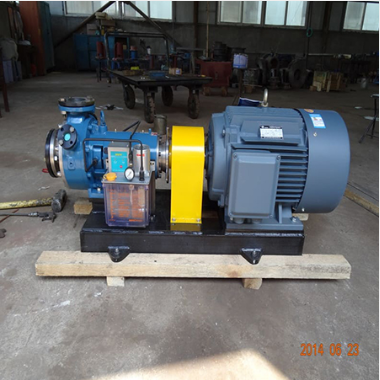The internal tooth-type colloid mill is a versatile machine that can be used for a variety of purposes. In this blog post, we will explore the basics of the machine and its working principle.

What Is The Internal Tooth-Type Colloid Mill
The internal tooth-type colloid mill is a fine grinding machine that can be used for a variety of industries and applications. The working principle of the machine is to use the relative motion of the stator and rotor to crush, grind, or homogenize the material to be processed. The machine consists of three parts: the grinding head, the base, and the motor. The grinding head is composed of a stator and a rotor, which are made of different materials depending on the application. The base is made of cast iron or stainless steel, and the motor is typically an induction motor.
The Structure Of Internal Tooth-Type Colloid Mill
The basic structure of the internal tooth-type colloid mill is that it consists of three parts: the grinding head, the base, and the motor. The grinding head is composed of a grinding disc, a fixed tooth plate, and a moving tooth plate. The base is composed of a frame, a bearing seat, and a transmission device. The motor is used to drive the transmission device to rotate the grinding disc.
The Working Theory Of Internal Tooth-Type Colloid Mill
The working theory of an internal tooth-type colloid mill is that when the material is processed through the machine, the particles are evenly dispersed in the fluid medium and finally reach the ideal state of particle size distribution. The main benefit of using this type of mill is that it can achieve a much finer particle size distribution than other types of mills.
The Application Of Internal Tooth-Type Colloid Mill
The application of internal tooth-type colloid mills is not only restricted to the pre-treatment of raw materials for subsequent processing but also can be used as an independent finishing operation.








